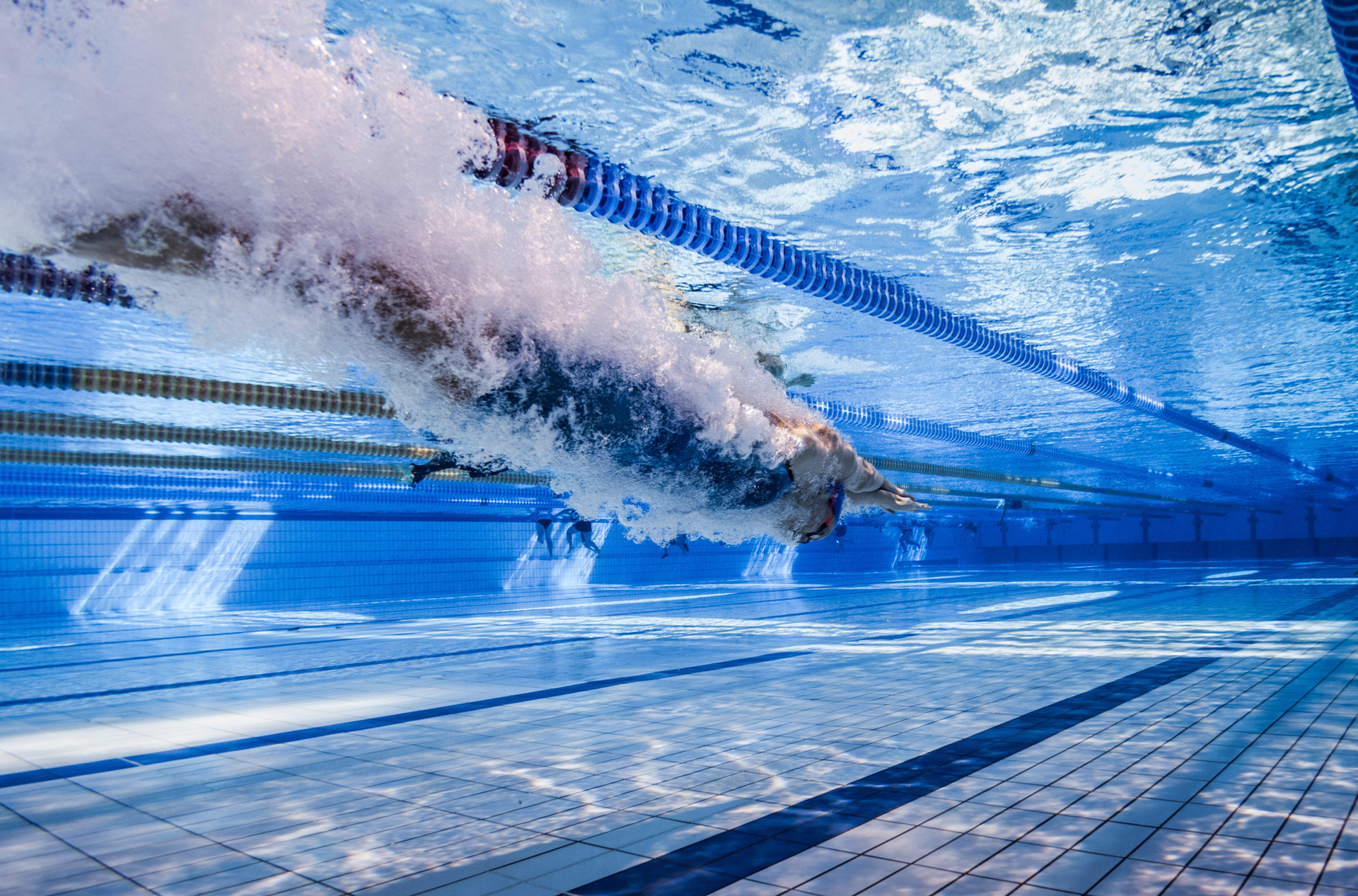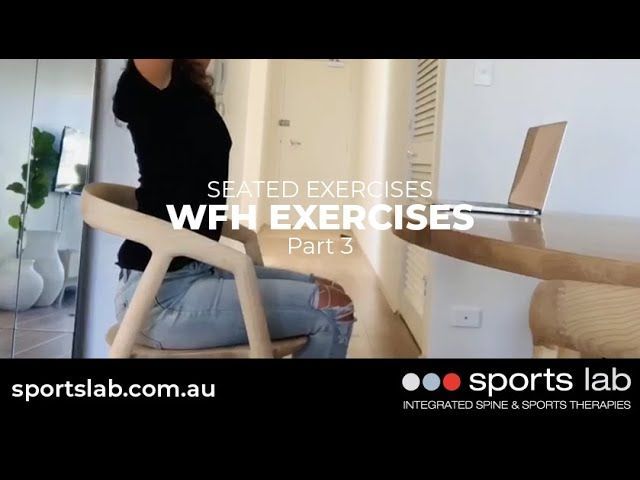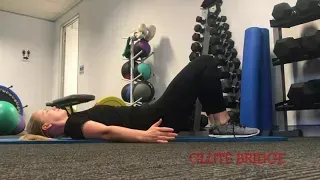Will rest fix my Athletic groin pain?
by Thomas Caristo – APA Sports Physiotherapist
Athletic groin pain is an umbrella term encompassing a great range of pathologies in the inner hip region. It may not prevent you from participating but rest does not seem to settle it.
The hardest question to answer is: where is it coming from? A systematic history is essential to firstly exclude non-musculoskeletal drivers of pain.
Davies et al. (2012) dissected cadavers and found that the adductor longus (one groin muscle) and the rectus abdominus (your six-pack) fuse together. The adductor brevis and gracilis (two more groin muscles) also fuse together. So it is not as simple as individual muscles working in a team.
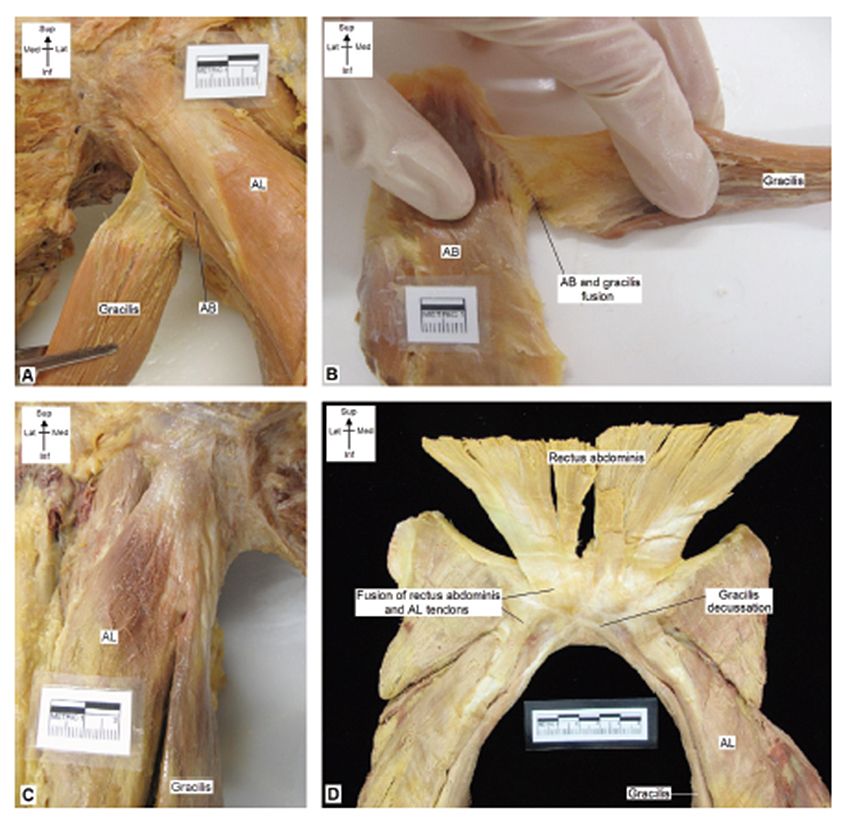
Representative images of proximal adductor fusion
Figure 2 (A-D) Representative images of proximal adductor fusion (Davis, Stringer, & Woodley, 2012)
Davis, J. A., Stringer, M. D., & Woodley, S. J. (2012). New insights into the
proximal tendons of adductor longus, adductor brevis and gracilis. Br J Sports Med,
46(12), 871-876. doi: 10.1136/bjsports-2011-090044
A clinical examination will investigate whether the pain is related to the adductors, abdominals, hip flexor, the individual architecture of the joint (such as bone stress or labral tears) or even an abdominal hernia.
Palpation is key…
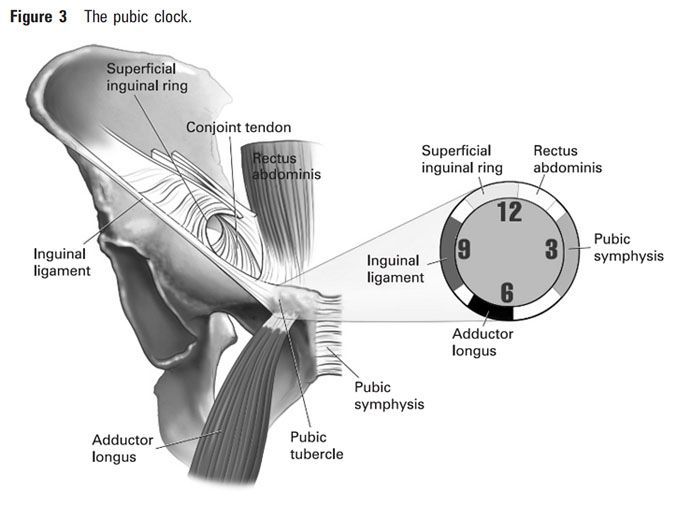
The groin triangle
Falvey, E. C., Franklyn-Miller, A., & McCrory, P. R. (2009). The groin triangle: a
patho-anatomical approach to the diagnosis of chronic groin pain in
athletes. Br J Sports Med, 43(3), 213-220. doi: 10.1136/bjsm.2007.042259
Once a diagnosis is established, an appropriate program can be built to challenge deficits in strength, flexibility, control and movement strategies.
